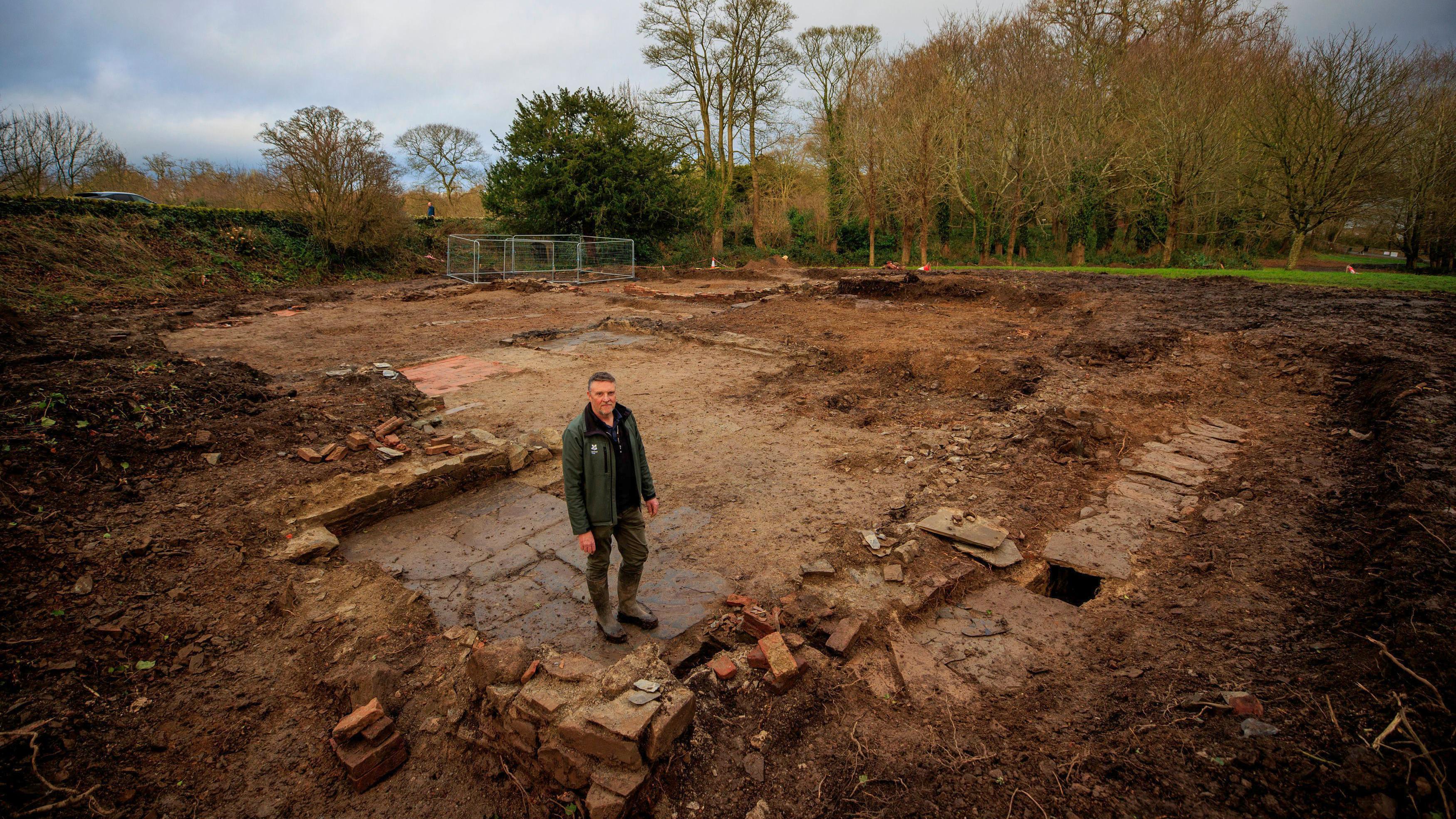Archaeologists have been taken by surprise by the lucky discovery of the remains of a group of ancient buildings in County Down, which are believed to be over 300 years old.
Archaeologists have uncovered the remains of a castle courtyard and accompanying building complex at the 18th century estate known as Castle Ward, which boasts a bird’s eye view of Strangford Lough.
Excavation work on the property, currently owned and maintained by the National Trust, turned up the remnants of previously unrecorded ancient structures.
One theory suggests that these buildings were functional structures, demolished because they were deemed visually unappealing when the later mansion was constructed in the 1760s.

Malachy Conway, the National Trust’s regional archaeologist for Northern Ireland, described it as a “really significant” discovery.
“We had no record of anything being in the area,” he said to the Press Association.
And then, to their surprise, they stumble upon and suddenly discover previously unknown building remains.
Building on the existing mansion commenced in the 1760s, however there was an original Castle Ward house constructed during the early 18th Century.
Archaeologists believe the recently discovered ruins are likely to be domestic or agricultural buildings of the earliest settlers and date back to the late 17th or early 18th century.
‘An eyesore’
Michael Fearon, a representative from Northern Archaeological Consultancy, was present at the construction site overseeing the drainage system when the discovery was made.
He thinks the newly discovered buildings “might have been an eyesore from the window, so they opted to demolish that so it wouldn’t be in sight outside their windows”.
“They didn’t want anything that would take away from the natural scenery,” he said to the Press Association.
The remains of the building are situated around a central courtyard paved with cobblestones and some have both tiled and flagged floors.
Excavations have uncovered features including a sink, a fireplace, a cellar, and a network of stone-lined drains.
Artifacts like glass bottles, ceramics, pottery, and animal bones from butchered species have been found.





